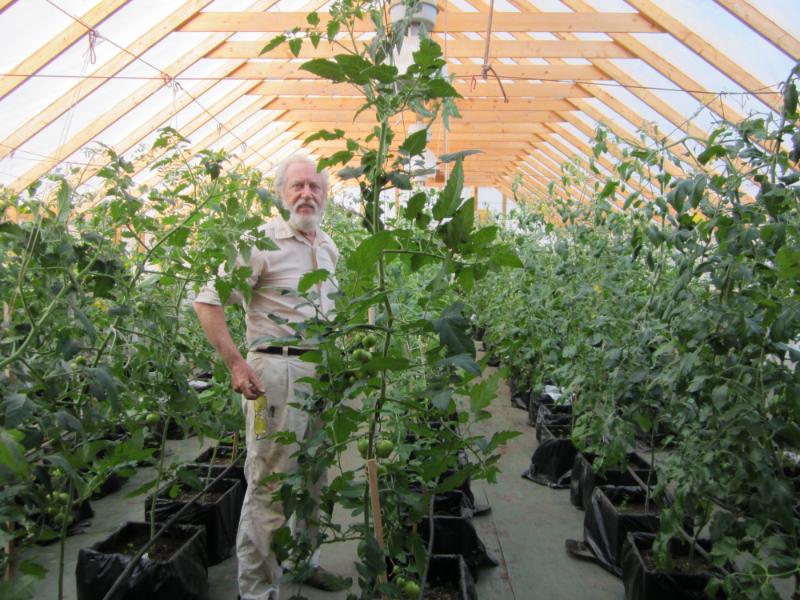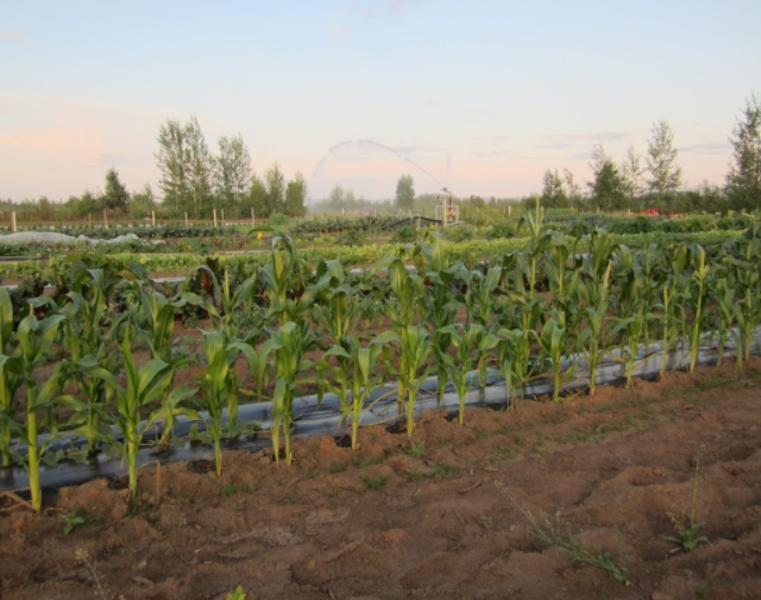History
The Pye Centre is committed to continuing the legacy of food innovation, food production, and community connections established by Frank and Joyce Pye.
The Grand River Farm
The Grand River Farm was proudly owned and operated by Frank and Joyce Pye for more than 30 years in Happy Valley-Goose Bay. Their farm was originally located off the Trans-Labrador Highway, Route 500, where they began farming commercially back in the late 1980s.
In the late 2000s, the farm relocated to Mud Lake Road and continued to be a beloved asset to the community members and attracted many visitors every year. In addition to the quality fruits and vegetables that could be purchased at their market building, the Pyes offered attractions like hayrides through their pumpkin patch, which concluded with a marshmallow roast over an open bonfire. And, throughout the summer, folks could visit the strawberry patch to take part in a pick-your-own, or “u-pick,” strawberry setup.
In the community, the Pyes were integral in establishing the Community Outdoor Market and were members of the Lake Melville Agricultural Association for many years. They were unique in their dedication to building a sense of community around food production and could bring people and food together in a meaningful and organic way. Frank and Joyce Pye did all of this together right up until Frank’s passing in 2017 when the Grand River Farm ceased to operate.
In June 2019, after thorough consultations with Joyce Pye and key partners across all sectors, including government representatives, farmers, community non-profit organizations, Indigenous governments, and more, Memorial University, under the leadership of the Labrador Campus, announced that the former Grand River Farm would become the Pye Centre for Northern Boreal Food Systems.
Through this acquisition of the farm, the Labrador Campus would continue the legacy of Frank and Joyce under a new identity that would forever bear the Pye name in acknowledgement of their important contributions to agriculture in the region, and, most importantly, their dedication to building a more sustainable and food secure Labrador.

